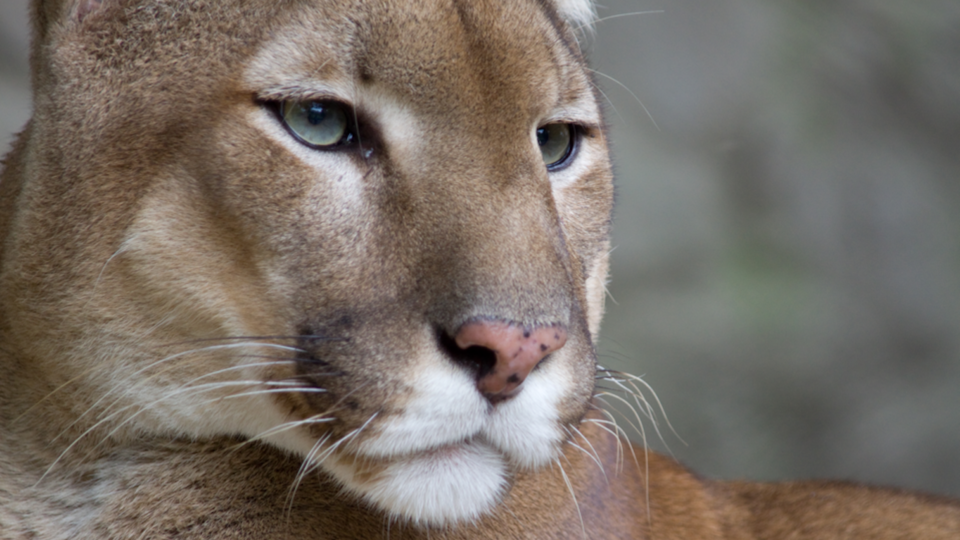Science News
Southern California Pumas

Despite our large human population, California is home to amazing wildlife, including large predators such as mountain lions, also called pumas and cougars. As we mentioned in this video we produced last year, these lions have large ranges. With habitat fragmentation, the large cats often find themselves sharing space with humans—or confined to a very limited habitat.
Wildlife population ecologist and research veterinarian Holly Ernest and her colleagues at UC Davis have been studying mountain lions—their health, ecology and genetics—for over 20 years. Some of the populations of great concern to the scientists live in the Santa Ana Mountains, south of Los Angeles, in San Diego, Riverside, and Orange counties. These large cats are surrounded by densely populated urban areas on all sides of their range.
In addition to their limited range, there was “early evidence that the mountain lions in the Santa Ana Mountains might have been suffering from a declining population,” says Ernest. “My PhD work, using the DNA tools and samples from mountain lions available during the 1990s, provided indications that genetics of southern California mountain lions was different from other populations.” For this reason, and the threats facing these pumas—including disease and toxins (such as pesticides)—the team decided to sample the southern California populations over time “to allow us to better understand the health and genetics,” Ernest says.
Results of the teams’ sampling are published today in PLoS ONE. The researchers’ concerns were confirmed: with the limited range and connectivity of the Santa Ana populations, the pumas’ genetic diversity is very low. “With low genetic diversity, most lions are similar in DNA makeup, and there is a greater chance that, some day, a disease or other sudden change in their environment might cause many of them to become sick and the population to decline or go extinct,” Ernest says.
“Genetic diversity (variation in DNA) provides resilience for populations—ability to cope with new diseases, variations in habitat and climate, and human-caused factors,” she continues. “When populations of mountain lions lose genetic diversity, the group becomes very similar genetically—they do not have the variability in important sections of DNA that regulate immune systems and much more.
“Low genetic diversity combined with inbreeding can lead to a larger problem with genetic defects. This was seen with Florida panthers (they are the same species and are also mountain lions)—their numbers dropped to a level where their genetic diversity fell, and panthers were discovered to have high levels of heart defects and abnormal reproductive system.”
So what are some solutions to sustaining the Santa Ana Mountains populations? “The coauthors and I are hopeful that efforts—including reducing mountain lion death rates via highway changes, education of [domestic] animal owners to reduce killing of lions for depredation permits, and conserving more land and corridors so that mountain lions have room to live safely—can prevent the further decline of coastal southern California mountain lion populations,” Ernest says. Providing more habitat for the big cats is already in the planning phase, she says. “Southern California regional authorities are considering conservation plans that prioritize lands for purchase or placement of conservation easements.”
Mountain lions are part of the California landscape, historically, now, and we all hope, into the future.
Image: Bas Lammers/Wikipedia